Laylat al-Qadr, known as the Night of Decree, and Eid al-Fitr, the festival marking the end of Ramadan, are pivotal in the Islamic calendar, embodying deep spiritual significance and communal harmony. Laylat al-Qadr commemorates the night the Quran was revealed to Prophet Muhammad, a night said to be better than a thousand months. This period encourages reflection, prayer, and seeking forgiveness, emphasizing the profound impact of divine revelation on the Islamic faith. Following this, Eid al-Fitr is a joyous conclusion to the month of Ramadan, characterized by communal prayers, feasting, and charity, reflecting gratitude and unity among the Muslim community. These observances reinforce Islam’s spiritual foundations and foster a sense of global ummah, or community, through shared rituals and traditions.
The Significance of Laylat Al-Qadr
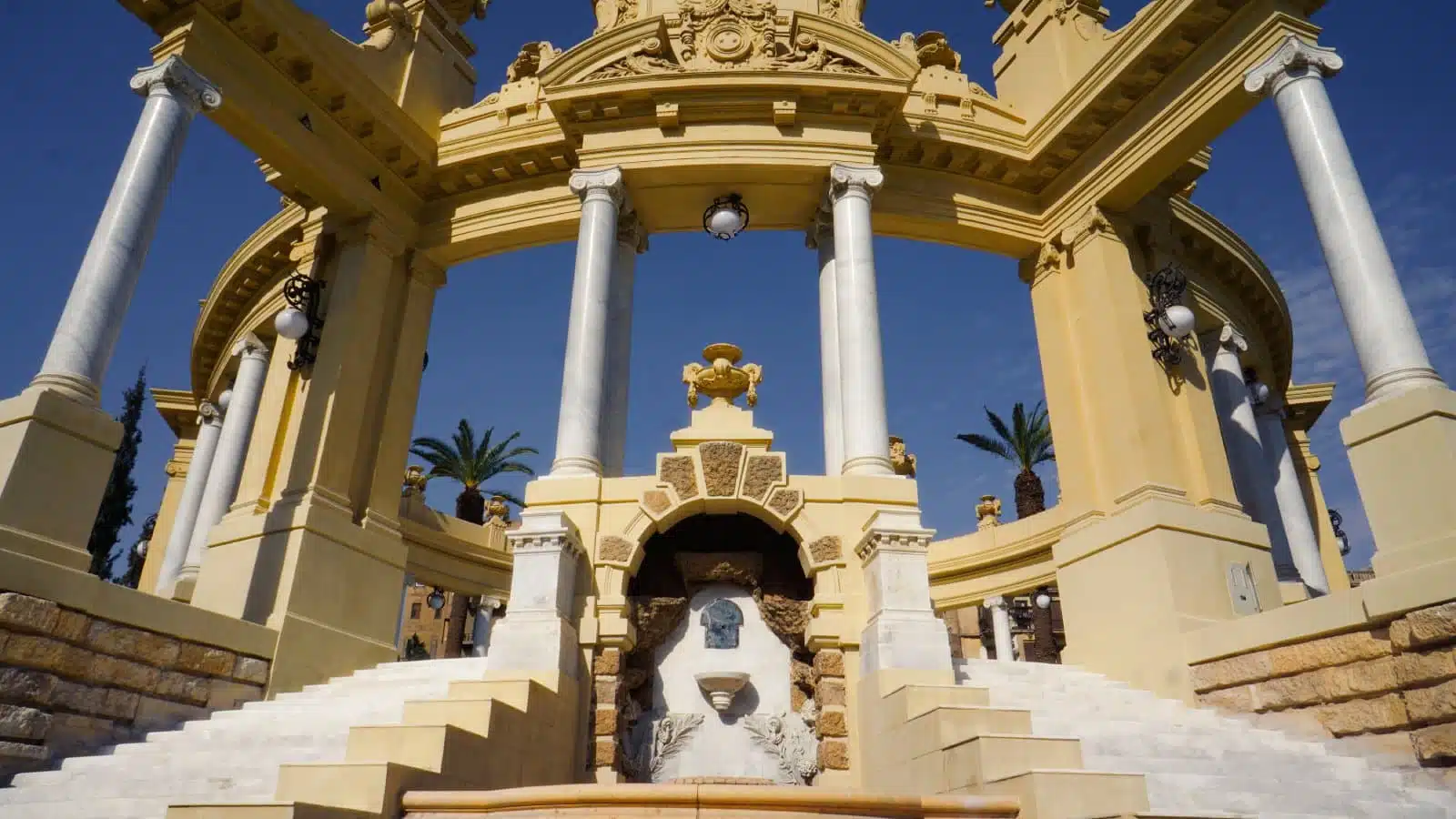
Image Credit: Shutterstock / Mostafa A Aly
Laylat al-Qadr holds unparalleled significance in Islam, believed to be the night when the Quran’s first verses were revealed to the Prophet Muhammad. This night, falling within the last ten days of Ramadan is when Allah’s mercy, blessings, and forgiveness are abundantly bestowed upon the faithful. Muslims believe that prayers made during this night are more likely to be answered, making it a time for intense worship, reflection, and seeking forgiveness. The exact date of Laylat al-Qadr is not specified, reflecting the idea that earnest seeking is rewarded, encouraging Muslims to engage deeply with their faith throughout the final days of Ramadan.
Insider’s Tip: Maximize the last ten nights of Ramadan by rotating between different acts of worship each night, such as reciting the Quran, praying extra rak’ahs (units of prayer), and making dua (supplications).
Observances and Traditions of Laylat Al-Qadr
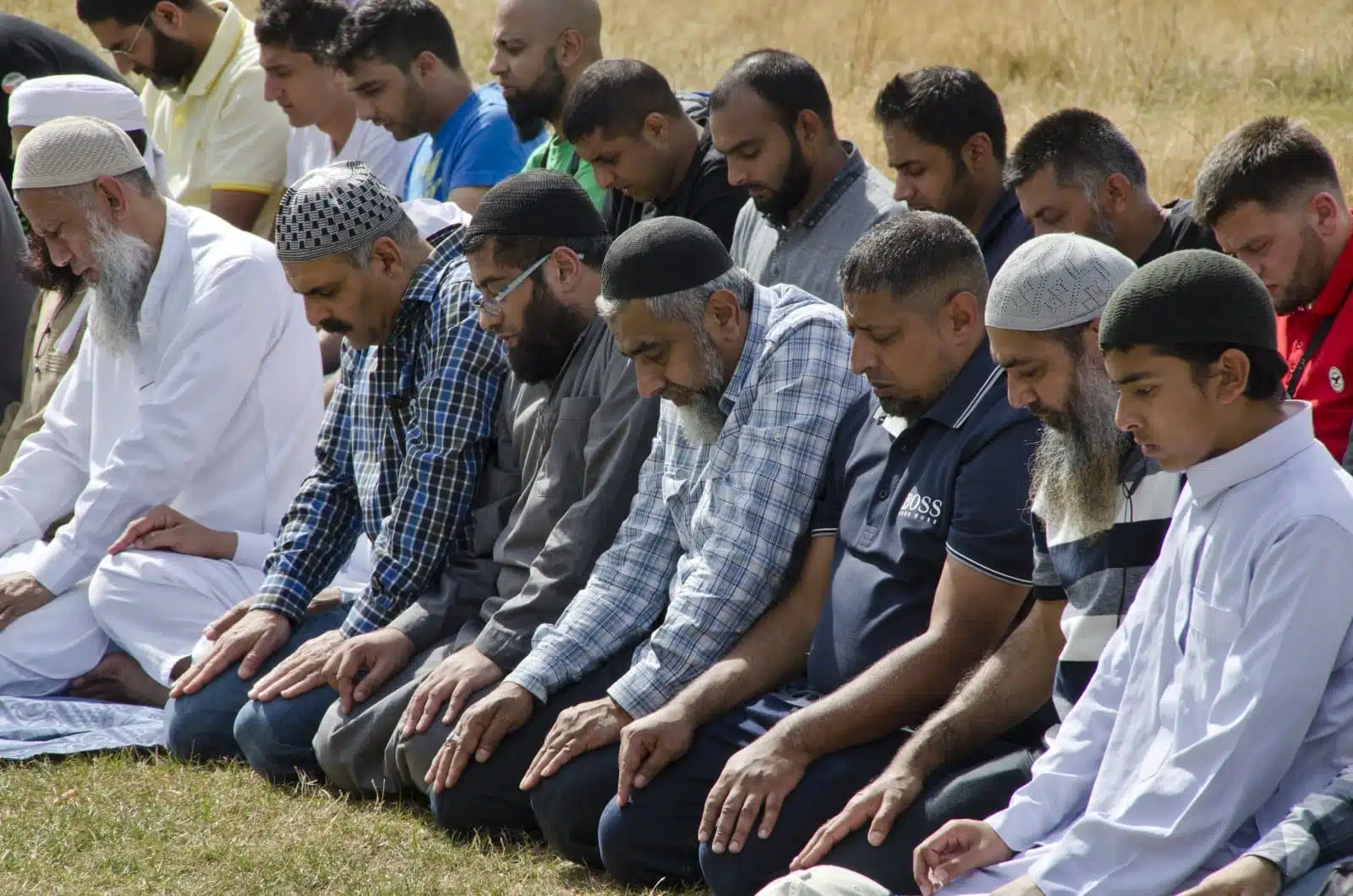
Image Credit: Shutterstock / Koca Vehbi
The observance of Laylat al-Qadr is marked by increased devotion and worship. Muslims spend the night in prayer, recitation of the Quran, and supplication, seeking to maximize the blessings of this sacred night. Mosques host special prayers and Quranic recitations, while individuals may choose to engage in personal worship at home. The emphasis is on spiritual cleansing, forgiveness, and reaffirming one’s commitment to the teachings of Islam. Charity, or giving to those in need, is also emphasized, reflecting the night’s spirit of generosity and community support.
Insider’s Tip: Engage in I’tikaf (seclusion in a mosque for worship) if possible, as it offers a focused environment for reflection and prayer during these last ten nights.
Preparing for Laylat Al-Qadr
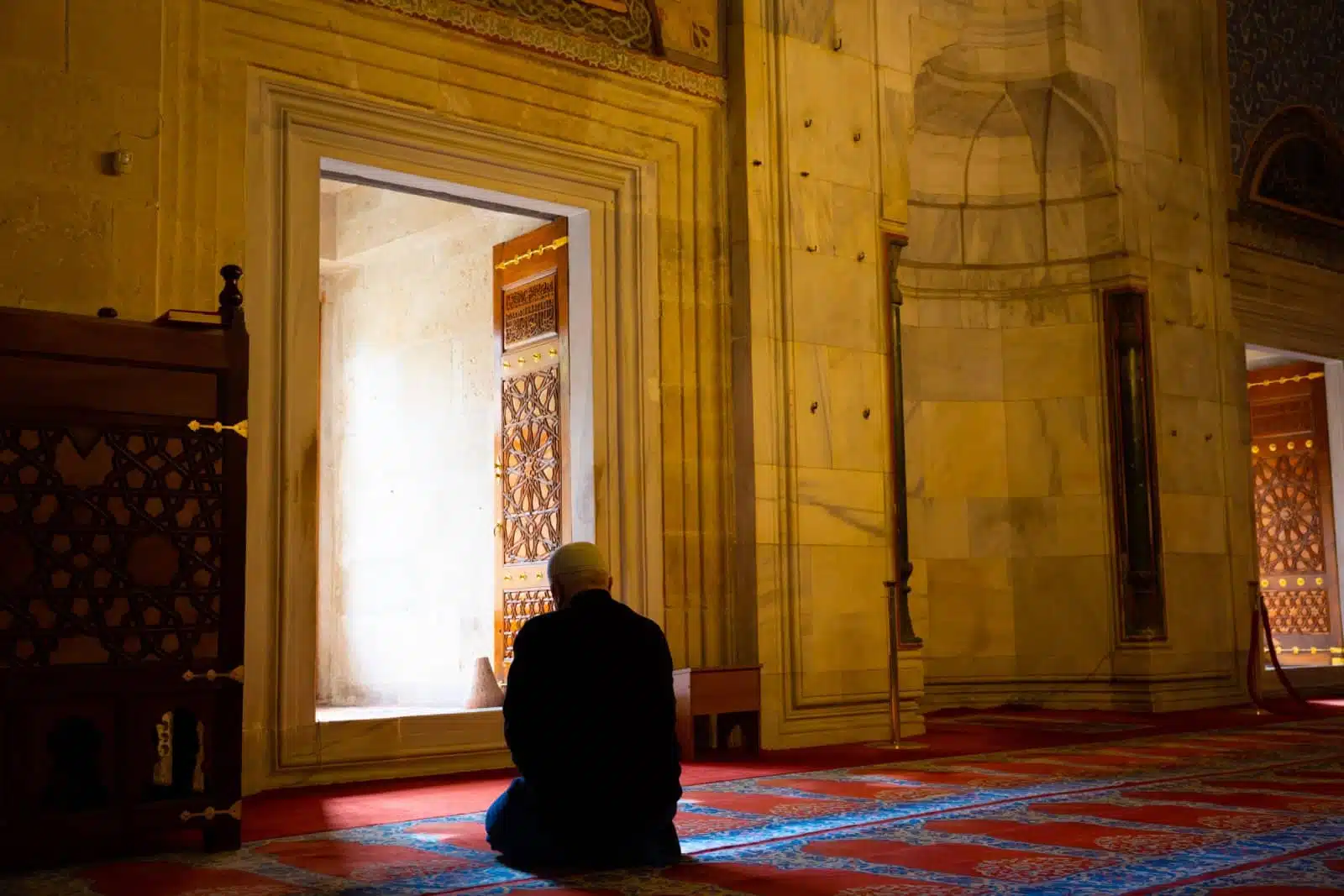
Image Credit: Shutterstock / Sener Dagasan
Preparation for Laylat al-Qadr involves both spiritual and physical readiness. Spiritually, Muslims are encouraged to increase their recitation of the Quran, engage in more frequent prayers, and make sincere supplications. Physically, preparing a dedicated space for worship, free from distractions, can help enhance focus and spiritual connection. Many also choose to fast voluntarily during the last ten days of Ramadan, further purifying themselves in anticipation of Laylat al-Qadr. This preparation is about individual piety and fostering a communal spirit of worship and reflection.
Insider’s Tip: Prepare a list of personal and communal supplications in advance, ensuring that your prayers on this night are thoughtful and comprehensive.
Eid Al-Fitr: The Celebration of Breaking the Fast
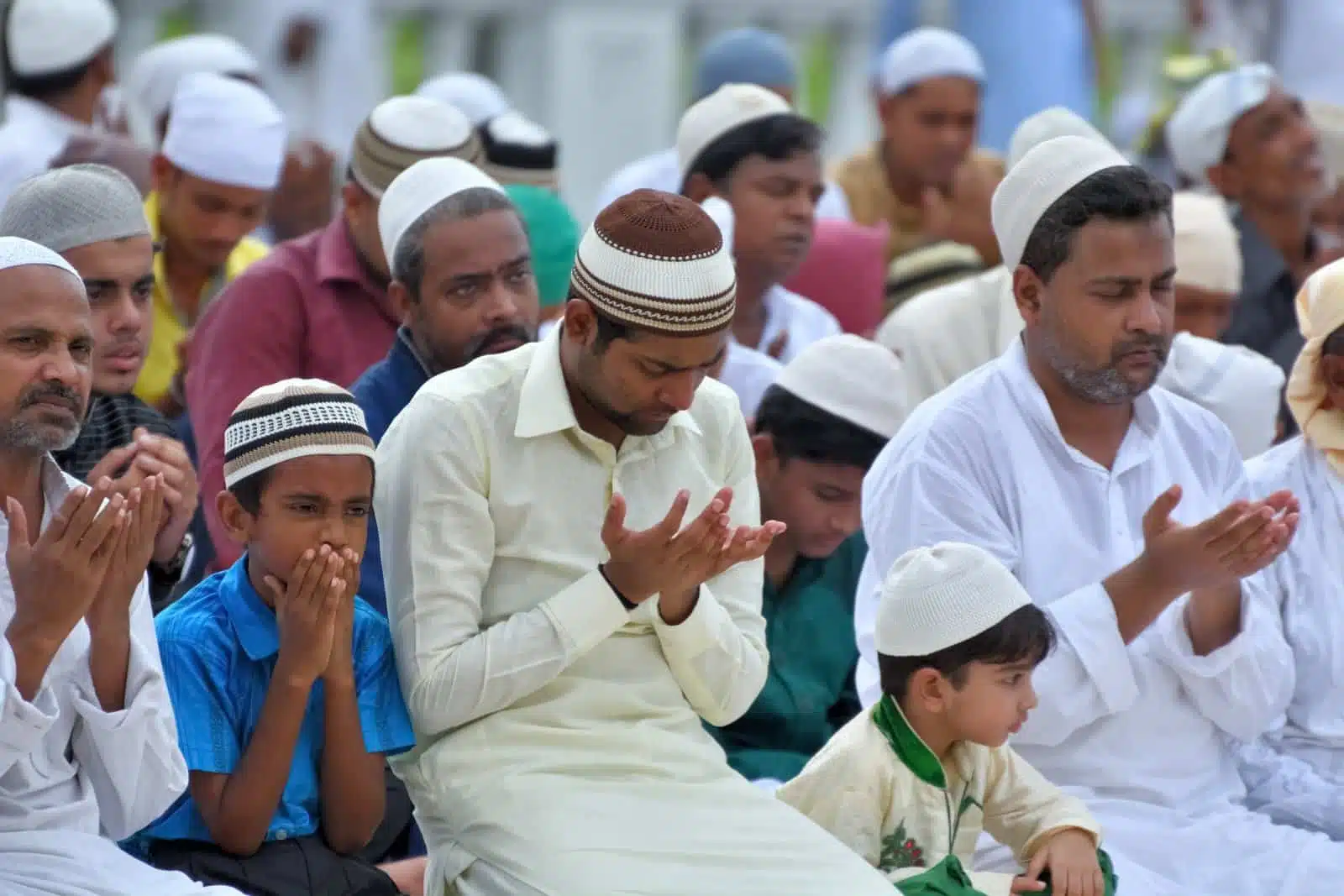
Image Credit: Shutterstock / SumanBhaumik
Eid al-Fitr marks the end of Ramadan, a day of joy, community, and gratitude. It begins with a special communal prayer, followed by a sermon that underscores the day’s significance and encourages charitable acts. The rest of the day is filled with feasting, visiting friends and family, and giving gifts, especially to children. Traditional foods and sweets are prepared, and homes are often decorated to reflect the festive spirit. Eid al-Fitr is a celebration of the end of fasting and a thanksgiving for the strength and patience granted throughout Ramadan.
Insider’s Tip: Try to pay the Zakat al-Fitr, a charity given to the poor, before the Eid prayer, ensuring everyone can celebrate the day.
Cultural Variations in Eid Al-Fitr Celebrations

Image Credit: Shutterstock / Red Stock
Eid al-Fitr is celebrated across the Muslim world, each region adding its unique cultural touch to the observance. In Turkey, it’s known as Şeker Bayramı, or “Candy Festival,” where sweets are shared with loved ones and relatives’ graves are visited and cared for. In Indonesia, the world’s most populous Muslim-majority country, Eid is called Lebaran, and it’s a time for forgiveness, marked by the mudik tradition or returning to one’s hometown. In countries like Egypt and Pakistan, the celebrations are marked by lavish meals, new clothes, and the giving of Eidi, monetary gifts to children. These variations highlight the rich tapestry of Islamic culture and the universal themes of joy, gratitude, and community that Eid al-Fitr embodies.
Insider’s Tip: If you’re traveling during Eid, participate in local traditions and festivities to fully experience the cultural diversity of this Islamic holiday.
Eid Al-Fitr Prayers and Gatherings
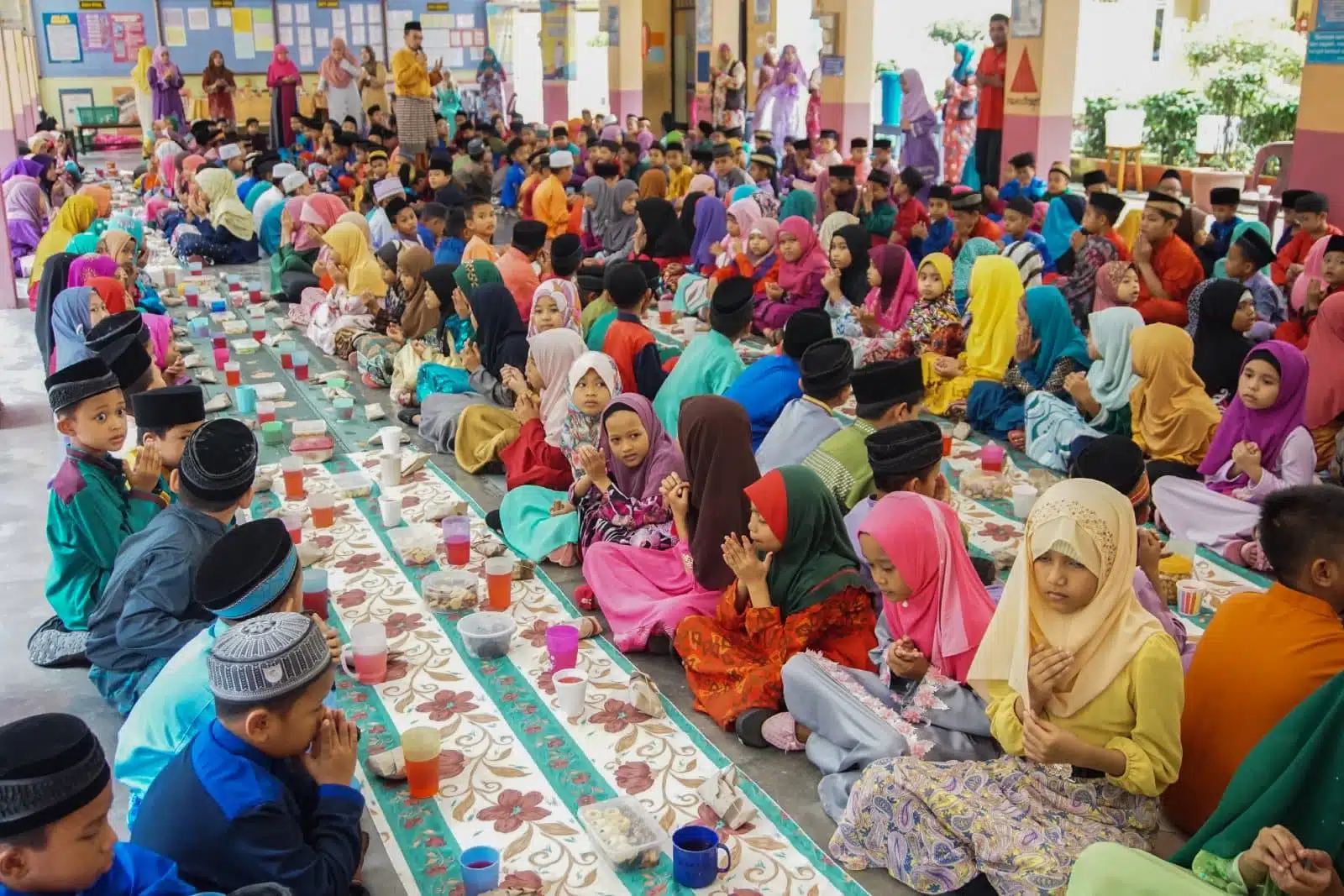
Image Credit: Shutterstock / kiraziku2u
The Eid al-Fitr prayer is crucial to the day’s observance, performed in the congregation shortly after sunrise. This prayer, followed by a sermon, emphasizes unity and reflection. It’s a moment for the community to come together, share greetings of “Eid Mubarak,” and express collective gratitude for the completion of Ramadan. The gatherings extend beyond the prayer spaces into homes and community centers, where meals are shared and social bonds are strengthened. These communal aspects of Eid al-Fitr underscore the importance of ummah, or community, in Islam, reminding Muslims of their shared faith and humanity.
Insider’s Tip: Arrive early to the prayer ground for a moment of quiet reflection before the communal prayers begin, deepening your spiritual experience of Eid.
Charity and Giving Back During Eid
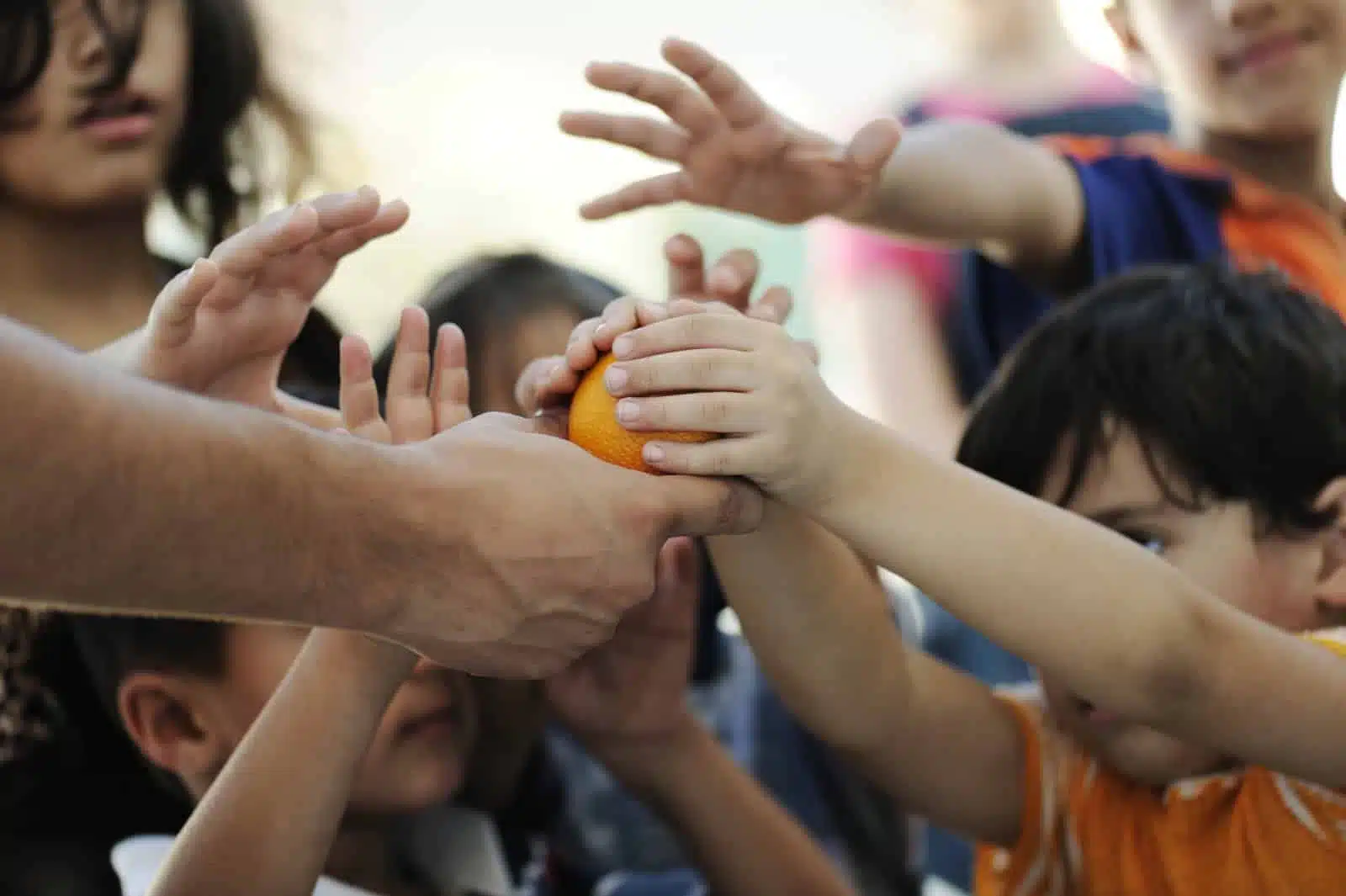
Image Credit: Shutterstock / ESB Professional
Charity is at the heart of Eid al-Fitr, embodied in the practice of Zakat al-Fitr. This obligatory act of giving ensures that all Muslim community members can partake in the joy of Eid. Beyond the mandatory zakat, many engage in voluntary acts of kindness and generosity, from feeding those in need to supporting charitable projects. This spirit of giving back is about alleviating physical hunger and nurturing a sense of solidarity and compassion within the community. It’s a practical expression of the Islamic values of empathy and social responsibility.
Insider’s Tip: Consider volunteering at a local charity or food bank during Eid, extending the celebration’s spirit of generosity to the wider community.
Eid Al-Fitr at Home
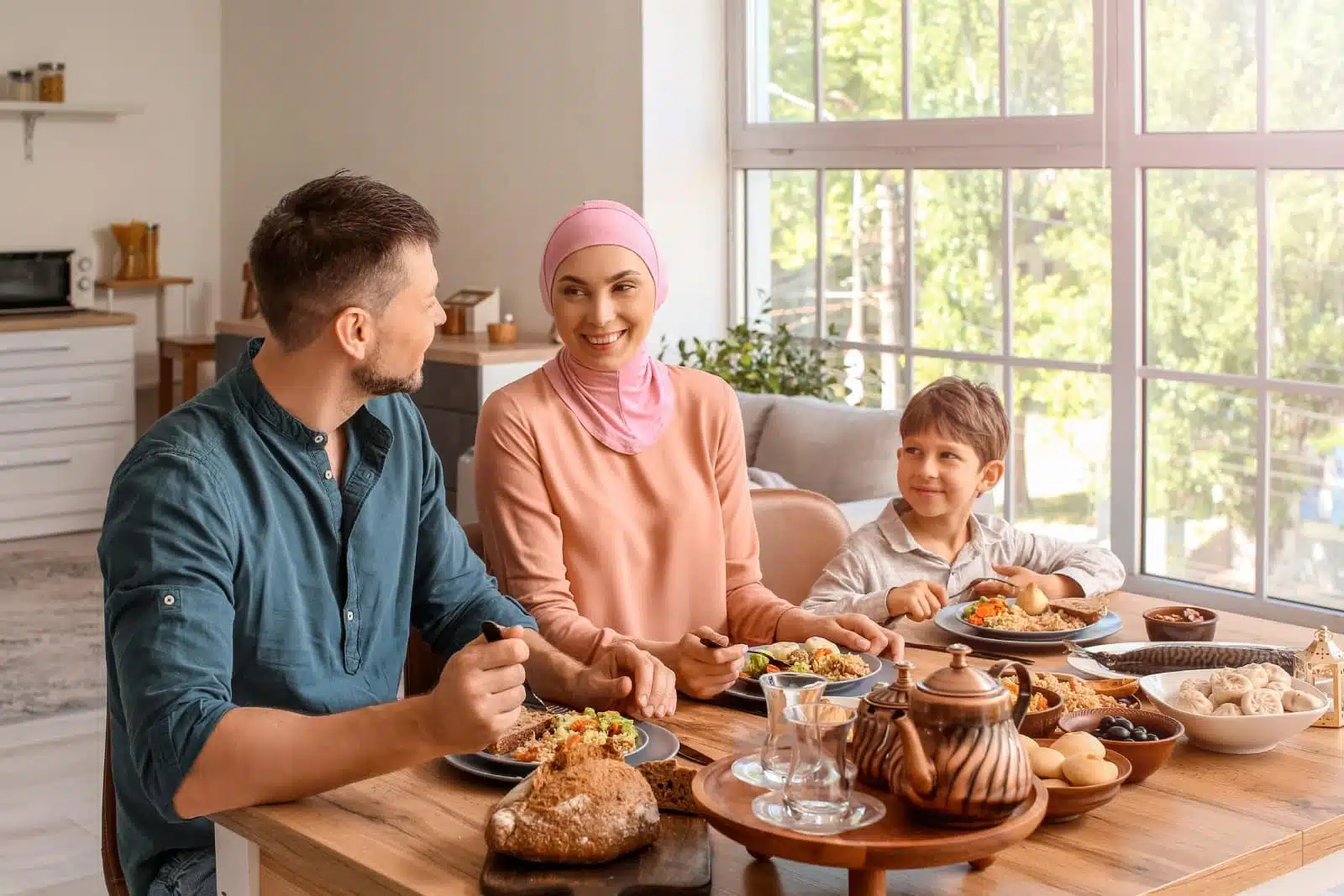
Image Credit: Shutterstock / Pixel-Shot
Celebrating Eid al-Fitr at home involves a mix of tradition and personal touches. Preparing a special meal, often including dishes passed down through generations, is common. Decorating the home with lights and banners adds to the festive atmosphere. It’s also a time for personal connections, with families exchanging gifts and spending quality time together. For many, these home celebrations are a cherished opportunity to strengthen familial bonds and create lasting memories. The home becomes a space of shared joy, reflection, and gratitude, embodying the essence of Eid.
Insider’s Tip: Create a new Eid tradition by involving family members in a collaborative project, such as cooking a meal together or crafting homemade decorations, to enhance the sense of togetherness.
Reflection and Renewal
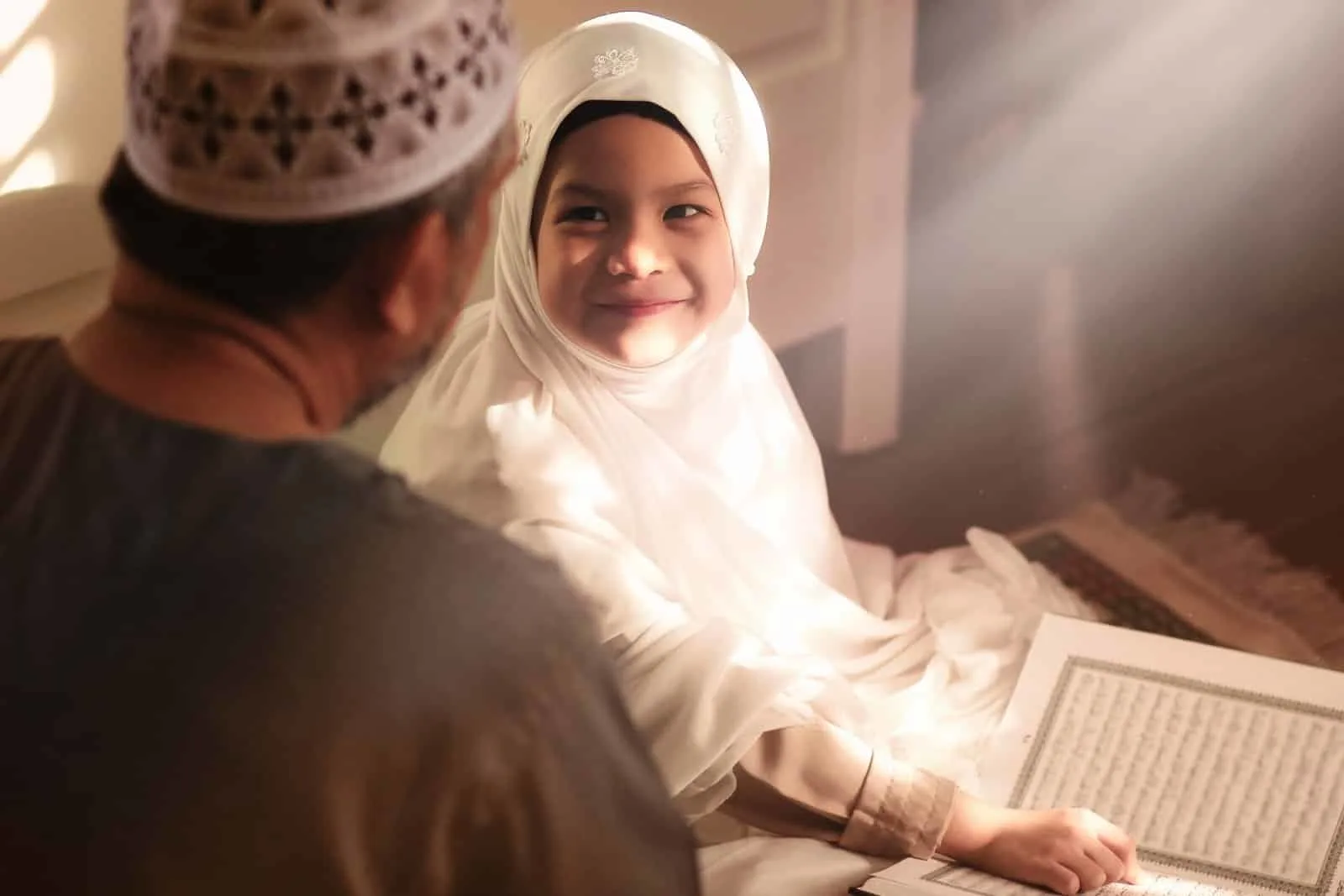
Image Credit: Shutterstock / Mama Belle and the kids
Both Laylat al-Qadr and Eid al-Fitr offer opportunities for reflection and renewal. Laylat al-Qadr is a time to contemplate one’s relationship with the divine, seeking forgiveness and guidance. Eid al-Fitr, while celebratory, also prompts Muslims to reflect on the lessons learned during Ramadan and to carry forward the values of patience, gratitude, and generosity. It’s a time to set intentions for the coming year, renewing commitments to personal growth and community service. This cycle of reflection and renewal is central to the spiritual rhythm of the Islamic calendar, encouraging continuous self-improvement and deepened faith.
Insider’s Tip: Keep a journal during the last ten nights of Ramadan and Eid to record reflections, prayers, and intentions for the future, making this process of spiritual renewal more tangible and meaningful.
The Bottom Line
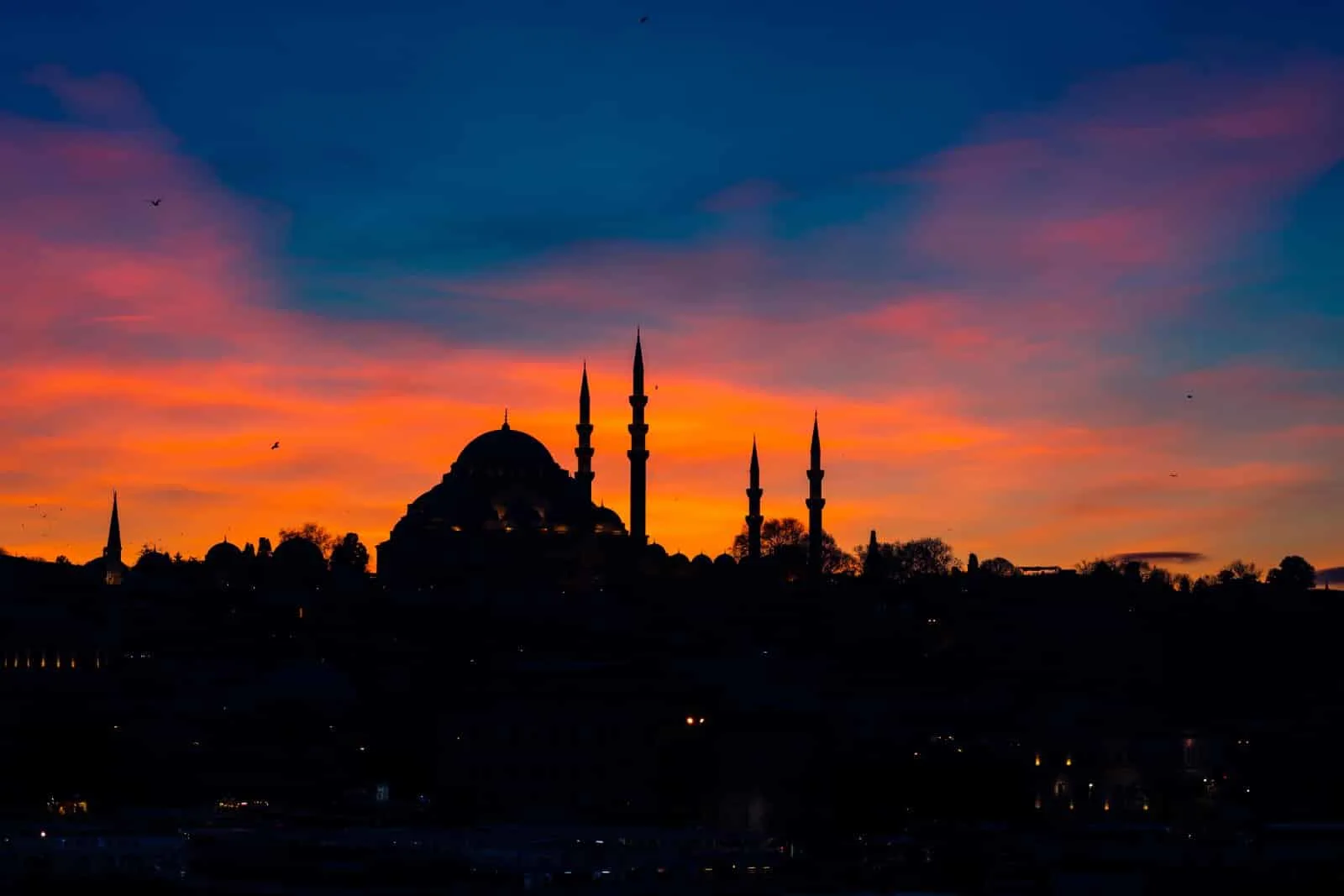
Image Credit: Shutterstock / Sener Dagasan
Laylat al-Qadr and Eid al-Fitr encapsulate the essence of the Islamic faith—its deep spirituality, communal bonds, and commitment to charity and social justice. Observing these holy days enriches the Muslim experience, offering moments of profound reflection, joyous celebration, and generous giving. They remind Muslims of their shared heritage and values, fostering a sense of global community and mutual support. In a world often divided, Laylat al-Qadr and Eid al-Fitr stand as beacons of hope, unity, and renewal, inviting Muslims to embody their faith’s best and share its blessings with all.
Embracing the observances of Laylat al-Qadr and Eid al-Fitr can deepen one’s faith, enhance community bonds, and inspire a commitment to positively impacting the world, embodying the true spirit of Islam.
More From The Green Voyage
Top 10 Trending Travel Destinations 2024
6 Essential Banking Apps for International Travel – Managing Your Finances on the Go
Traveling With Kids – 10 Tips to Create Memorable Family Holidays
The post Understanding and Observing Laylat al-Qadr and Eid al-Fitr first appeared on The Green Voyage.
Featured Image Credit: Shutterstock / Sener Dagasan.
For transparency, this content was partly developed with AI assistance and carefully curated by an experienced editor to be informative and ensure accuracy.
Tips for Trip Success
Book Your Flight
Find an inexpensive flight by using Kayak, a favorite of ours because it regularly returns less expensive flight options from a variety of airlines.
Book Your Hotel or Special Accommodation
We are big fans of Booking.com. We like their review system and photos. If we want to see more reviews and additional booking options, we go to Expedia.
You Need Travel Insurance!
Good travel insurance means having total peace of mind. Travel insurance protects you when your medical insurance often will not and better than what you get from your credit card. It will provide comprehensive coverage should you need medical treatment or return to the United States, compensation for trip interruption, baggage loss, and other situations.Find the Perfect Insurance Plan for Your Trip
